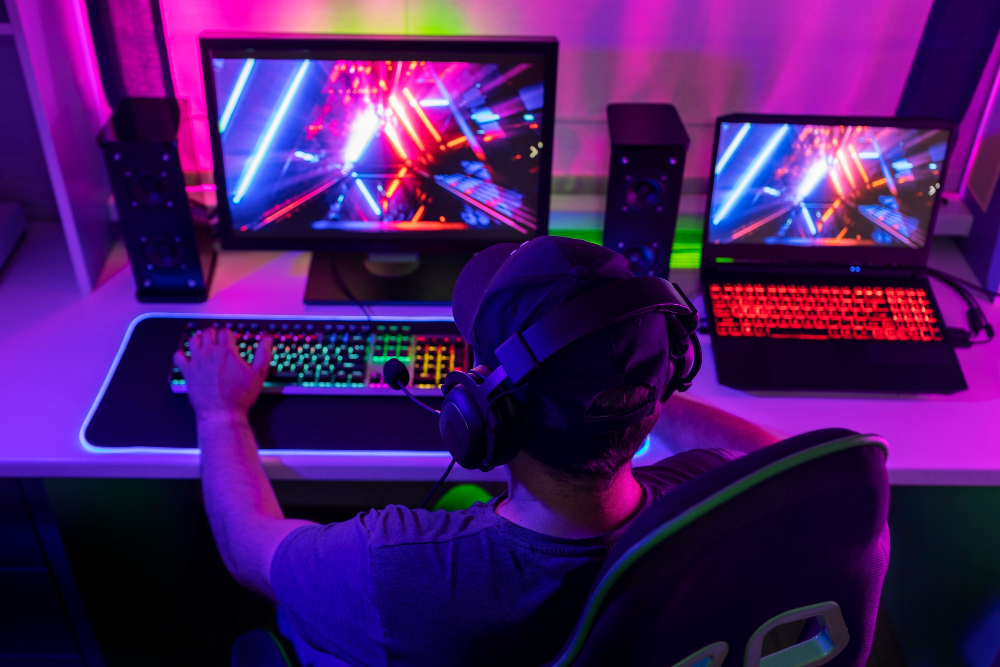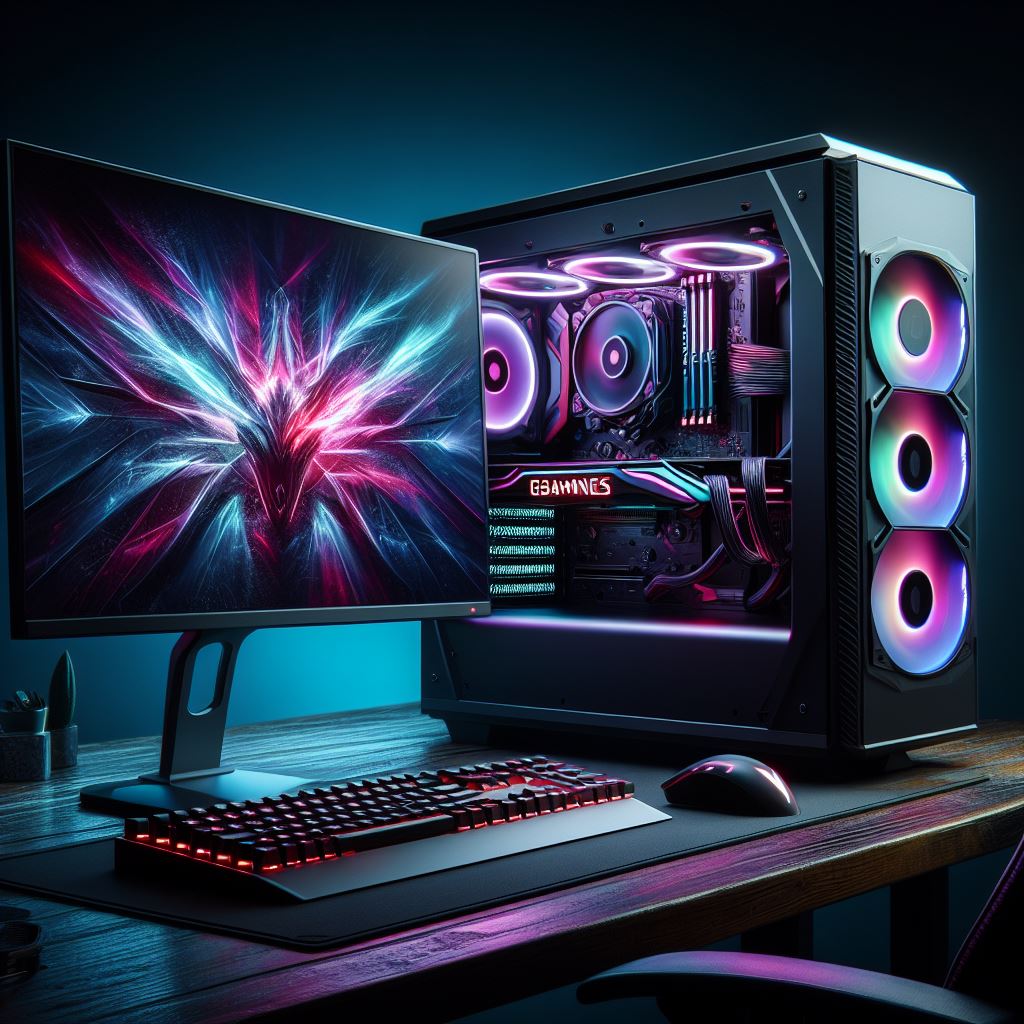Architecture:
- Both GTX and RTX cards are powered by the Turing GPU architecture.
- However, RTX cards have additional specialized hardware components: RT Cores and Tensor Cores.
Ray Tracing and AI Features:
- RTX cards boast dedicated RT Cores for real-time ray tracing. These allow for movie-like lighting effects in games.
- Real-time ray tracing is possible because RTX cards deliver up to 6x faster ray-tracing performance.
- RTX cards also feature Tensor Cores, capable of delivering over 100 teraflops of AI processing. This accelerates gaming performance, especially with NVIDIA DLSS (Deep Learning Super Sampling).

Visual Impact:
- RTX cards offer stunningly accurate lighting effects, including shadows, reflections, refractions, and global illumination.
- Popular titles like Control, Call of Duty: Modern Warfare, Metro Exodus, and Minecraft showcase the visual difference offered by RTX cards.
GTX Cards:
- GTX cards use traditional rasterization techniques for rendering images.
- They lack dedicated RT Cores and Tensor Cores, which means no real-time ray tracing or AI-based features.
- GTX cards are generally more budget-friendly.
Performance:
- While RTX cards generally offer better performance, they come at a premium price.
- GTX cards still provide solid performance for gaming, especially in the GTX 16-Series.

In conclusion, RTX is the better option if you value state-of-the-art capabilities like AI acceleration and ray tracing. Even with a tight budget, GTX cards manage to provide decent performance.





